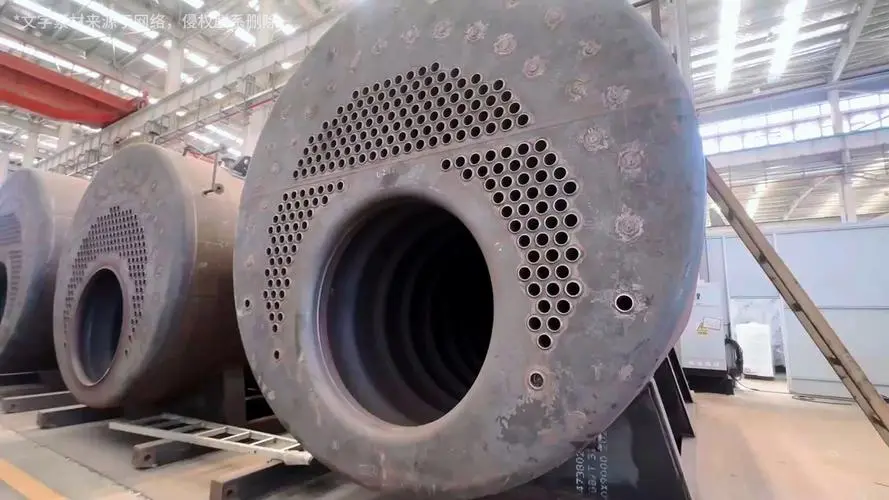
Ara . 01, 2024 01:06 Back to list
Steps for Safely Refilling Water in a Steam Boiler System
How to Add Water to a Steam Boiler
Steam boilers are essential components in various industries, including power generation, heating, and manufacturing. They operate by heating water to create steam, which then powers machinery or provides heat. However, like any other piece of equipment, steam boilers require proper maintenance and care. One critical aspect of maintaining a steam boiler is managing the water levels. In this article, we will explore how to add water to a steam boiler safely and effectively.
Understanding the Importance of Water Levels
Before discussing how to add water, it is crucial to understand why maintaining the correct water level in a steam boiler is so important. The water level in the boiler should remain within a specific range to ensure efficient operation. If the water level is too low, it can lead to several problems, including
1. Boiler Damage Insufficient water can cause overheating of the boiler components, leading to severe damage and possible failure. 2. Safety Hazards A low water level can increase the risk of explosions or leaks, posing safety risks to personnel and property. 3. Reduced Efficiency Low water levels can also impact the efficiency of steam production, leading to increased energy consumption and higher operational costs.
Steps to Add Water to a Steam Boiler
To ensure the safe and effective addition of water to a steam boiler, follow the steps outlined below
Step 1 Check the Boiler's Water Level and Pressure
Before adding water, it is essential to check the boiler's current water level and pressure gauge. Most steam boilers are equipped with a sight glass that allows operators to visually monitor the water level. The pressure gauge will help determine if the system is operating within safe limits. Always consult the manufacturer's guidelines for the specific acceptable levels for your boiler.
Step 2 Prepare to Add Water
Once you have confirmed that the water level is low, it is time to prepare to add water. Ensure that the boiler is offline and has cooled down to a safe temperature. This step is essential to prevent burns or accidents when handling water.
Step 3 Locate the Water Feed System
how to add water to a steam boiler

Identify the water feed system, which is typically located near the boiler's bottom feed line. This system may consist of a manual valve, a float mechanism, or an automatic water feeder that regulates the water level. Ensure that you have the correct equipment for your boiler type, as different systems may have unique requirements.
Step 4 Open the Water Supply Valve
If the boiler is equipped with a manual valve, open it slowly to allow water to enter the boiler. If there's an automatic water feeder, ensure that it is functioning correctly. You should hear water flowing into the boiler, and the water level in the sight glass should gradually rise.
Step 5 Monitor Water Level and Pressure
As you add water, continuously monitor the sight glass and pressure gauge. Ensure that the water level rises to the appropriate range specified in the boiler's guidelines. If you notice any irregularities, such as excessive pressure or fluctuating levels, stop the water supply and investigate the issue further.
Step 6 Close the Valve and Check for Leaks
Once the water level reaches the proper height, close the water supply valve securely. Afterward, check the boiler and connections for any leaks. If you notice any water pooling around the base or on the hoses, inspect the fittings and seals to ensure everything is secure.
Step 7 Bring the Boiler Back Online
After confirming that the water level is stable and there are no leaks, you can safely bring the boiler back online. Follow the manufacturer's start-up procedures to ensure safe operation.
Conclusion
Adding water to a steam boiler is a crucial maintenance task that helps ensure the efficient and safe operation of the heating system. By following the steps outlined above, you can perform this task safely and effectively. Always remember to consult your boiler’s manual for specific instructions and safety recommendations. Regular maintenance, including checking water levels, not only prolongs the life of the boiler but also ensures operational efficiency and safety. Stay proactive, and keep your steam boiler in optimal condition for years to come.
-
Efficient Biomass Fired Hot Water Boiler | AI Heating Solution
NewsAug.01,2025
-
High-Efficiency Gas Thermal Oil Boilers | HPT Models
NewsJul.31,2025
-
Oil Fired Hot Water Boilers Sale - High Efficiency & Affordable
NewsJul.31,2025
-
High-Efficiency Commercial Oil Fired Steam Boiler for Industry
NewsJul.30,2025
-
High-Efficiency Biomass Fired Thermal Oil Boiler Solutions
NewsJul.30,2025
-
High Efficiency Gas Fired Thermal Oil Boiler for Industrial Heating
NewsJul.29,2025
Related PRODUCTS






















